The RENUUTE absolute circular encoder is mounted on the rotary shaft of the FANUC robot arm. FANUC robot arm In the manufacturing process, robots with higher precision and repeatability ensure that more precise parts are produced, and even with adjustments to the process, predictable results can be obtained. High-precision robots are becoming the new darling of aerospace manufacturing, and they are found in a variety of processes such as drilling, fastening, deburring and finishing, as well as non-destructive testing, spray coating and composite lamination. Reusable robotic machining paths and tooling means savings in key materials. Another benefit is that the inherent repeatability of the robotic machining process helps to improve the predictability and control level of the process parameters, which makes it easier to identify and optimize process parameters that affect the quality of the workpiece. In addition, robots can perform complex or repetitive machining processes at extremely high speeds. FANUC robot positioning system structure The most important breakthrough innovation in aerospace manufacturing is the use of carbon fiber coating processes. In this process, carbon fibers are combined with a resin or epoxy material to form a lightweight but extremely tough composite. This material is ideal for use in the aerospace industry because it reduces the weight of the aircraft for better fuel economy without sacrificing strength or durability. The level of accuracy of the robot is important in this process because the relative position between the carbon fiber strands is the key to ensuring the structural integrity of the workpiece. The LED mounting indicator on the raster readhead indicates when the scale needs to be cleaned Particle contamination covers a large part of the scale, but the scale of the phase information can still be determined Cleaning scale RESOLUTE is a true absolute, fine pitch grating system. It has a strong anti-fouling ability, and its extraordinary technical indicators is a new breakthrough in the field of position feedback. It uses state-of-the-art DSP (Digital Signal Processor) to analyze data captured by custom image sensors, determines absolute position at extremely high speeds, and determines the current position immediately after opening. It features built-in LED mounting indicators for diagnostics and installation, and a built-in position verification algorithm that continuously monitors the read data to overcome the effects of light scattering caused by oil or other contaminants, ultimately ensuring safe and reliable operation of the system (see figure 1). Renishaw RESOLUTE series absolute circular grating A photo cell, also known as a photocell or light-sensitive resistor, is an electronic device that detects and measures light levels. It is commonly used in various applications such as automatic lighting systems, security systems, and photography equipment. Photocell For Street Lighting,sensor for street light,Photocell streetlight dimming,Photocell streetlight timer,Photocell streetlight circuit,Photocell streetlight control Yangzhou M.T. New Energy & Lighting Group Co., Ltd. , https://www.mtstreetlight.com
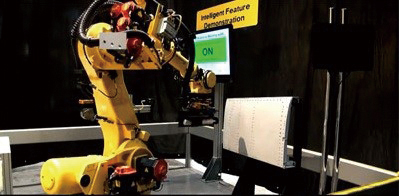
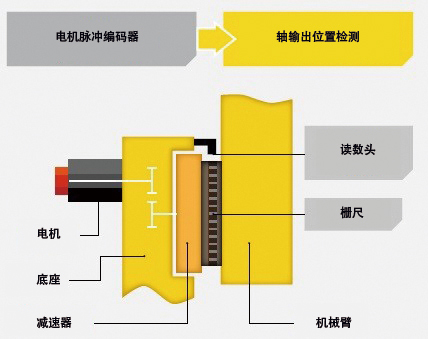
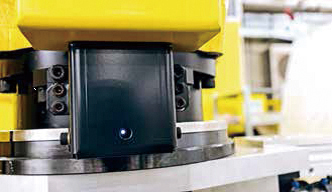
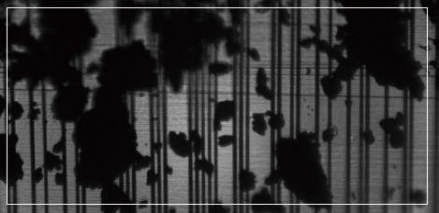
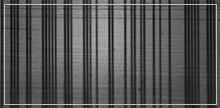
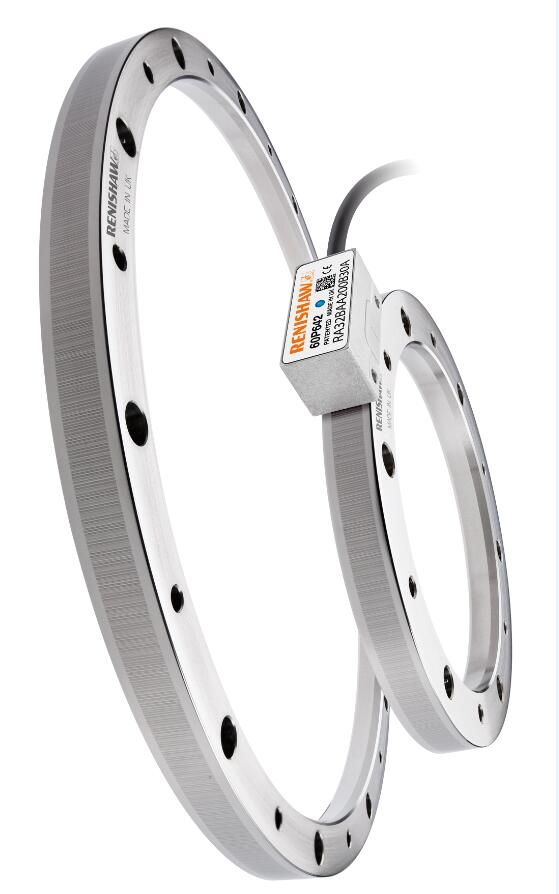
The main advantage of a photo cell is its ability to automatically respond to changes in light intensity. When exposed to light, the resistance of the photo cell decreases, allowing current to flow through it. Conversely, in the absence of light, the resistance increases, restricting the flow of current. This property makes photo cells highly efficient in controlling lighting systems, as they can automatically switch lights on or off based on the surrounding light conditions.
Another advantage of photo cells is their reliability and durability. They are designed to withstand harsh environmental conditions and can operate effectively for long periods of time without requiring maintenance. Additionally, photo cells have a fast response time, allowing them to quickly adjust to changes in light levels.
Furthermore, photo cells offer energy-saving benefits. By automatically controlling the lighting system, they can reduce unnecessary energy consumption by ensuring that lights are only used when needed. This not only helps to lower electricity bills but also contributes to environmental sustainability.
In conclusion, photo cells are versatile devices that provide a convenient and efficient solution for light detection and measurement. Their automatic response to light changes, reliability, and energy-saving capabilities make them a popular choice in various industries.
Renishaw: High-precision robots drive the development of aerospace manufacturing
In terms of accuracy, robotics has traditionally relied on the level of repeatability of the system. In the past, the accuracy of robots has not reached the level of maturity acceptable to standard production processes. In aerospace manufacturing, critical processing techniques such as fastening and drilling have long had no tight tolerance controls. For example, aircraft fuselage assemblies have a typical tolerance range of ±0.030 inches. This standard is based on the location requirements for fastener drilling. However, with the use of robots in this field, customers' demand for high-precision machining continues to grow. In response to this trend, the FANUC robot is equipped with the Renishaw RESOLUTETM series of absolute round gratings to improve the machining accuracy of the robot in key processes.
Requirements for robot accuracy and repeatability
In recent years, manufacturers have often required seamless replacement for high-wear parts that require frequent maintenance and replacement; if the replacement parts that are machined or assembled are fully compliant with the required accuracy, further trimming, deburring or other adjustments can be dispensed with. . Reducing fastener tolerances not only improves assembly accuracy, but also reduces the size and weight of the fasteners, thereby reducing the overall structural weight. Precisely machined or assembled parts no longer require these unnecessary adjustments to achieve predictable, timely part replacement schedules, reduce costs and reduce downtime without disrupting the production process. Increasing the accuracy of the robot during the manufacturing process ensures smoother parts replacement, does not interrupt the production process, and improves accuracy, resulting in greater cost-effectiveness.
Additional encoder installed by FANUC robot
An important factor in helping to achieve the high precision of FANUC robots is the use of Renishaw's RESOLUTE series of gratings as an additional encoder. It reduces omnidirectional repeatability to near zero and verifies with a laser tracker while taking advantage of the movement of all axes to achieve a combined effect. RESOLUTE gratings directly connected to the controller are mounted on the output side of each shaft drive train to measure and control the true position of each axis. In this way, the robot can precisely control the position, eliminate the error caused by the backlash, and fundamentally improve the ability of the robot to reach the command position. This is ideal for applications that require high precision or require compensation for external forces. Bending is a typical problem encountered by mechanical parts of robots. It is caused by the torque applied to them. With the advantages of RESOLUTE gratings, FANUC robots use the "sliding compensation" technology to correct such bending while reducing the number of machining processes. The deflection of the robot caused by external forces.
RESOLUTE absolute encoder system
RESOLUTE is the world's first absolute encoder capable of 32-bit resolution at 36,000 rpm, with ultra-low electronic subdivision error (SDE) of ±40 nm and low signal jitter of less than 10 nm RMS. This provides smoother speed control and superior positional stability. It is also compatible with a variety of commonly used industrial automation serial protocols, including FANUC linear and rotary applications.
For more information on Renishau RESOLUTE absolute encoders, please visit